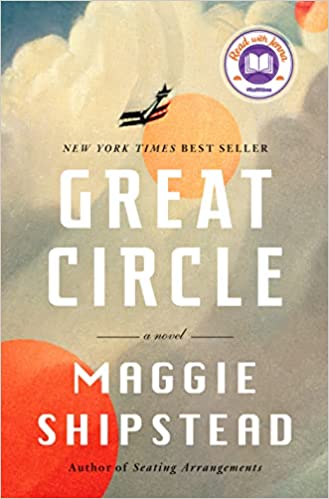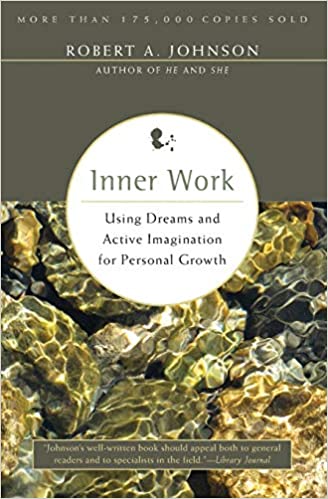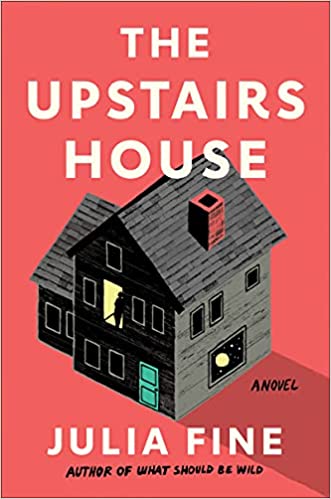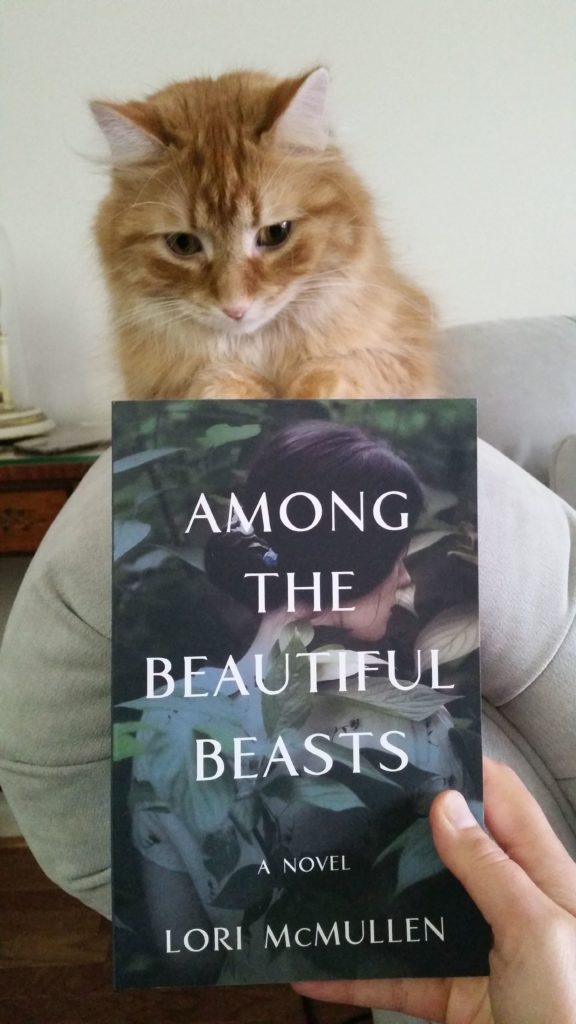EDITED TO ADD A SURPRISE 6TH BOOK ON DEC. 31! SEE THE END OF THIS POST.
The last “best books” list I posted was very popular with my readers, so I decided to do it again! Here are the five best books I read in 2021. As I was compiling the list, I was surprised that most of these books were assigned to me by the organizations I review books for, and most were also published this year. But it won’t surprise anyone who knows me that there’s a historical element in nearly all the books on this list!
My own new historical novel (published in October), The Curse of Morton Abbey, was a Top Pick from reviewers at Books & Benches. I’m grateful for all the readers who are enjoying it and talking about it!
1) Best Children’s (Middle Grade) Novel

J. Kasper Kramer’s The List of Unspeakable Fears was a revelation. Because I’ve taught children’s literature for many years, I didn’t expect to find a new children’s book that immediately shot to the top of my favourites list, but this one did exactly that. It’s ideal for anxious children and their parents: I wish I’d had this book when I was an anxious child myself. The wonderful suspense elements make it a page-turner as well!
Publisher’s description: Essie O’Neill is afraid of everything. She’s afraid of cats and electric lights. She’s afraid of the silver sick bell, a family heirloom that brings up frightening memories. Most of all, she’s afraid of the red door in her nightmares.
But soon Essie discovers so much more to fear. Her mother has remarried, and they must move from their dilapidated tenement in the Bronx to North Brother Island, a dreary place in the East River. That’s where Essie’s new stepfather runs a quarantine hospital for the incurable sick, including the infamous Typhoid Mary. Essie knows the island is plagued with tragedy. Years ago, she watched in horror as the ship General Slocum caught fire and sank near its shores, plummeting one thousand women and children to their deaths.
Now, something on the island is haunting Essie. And the red door from her dreams has become a reality, just down the hall from her bedroom in her terrifying new house. Convinced her stepfather is up to no good, Essie investigates. Yet to uncover the truth, she will have to face her own painful history—and what lies behind the red door.
I reviewed this book for The Historical Novel Society. You can read my complete review here.
2) Best Historical Novel

Great Circle is one of those epic historical novels that has a huge cast of characters and covers a long period of time. I was immediately intrigued when I found out it was about an early 20th-century woman aviator.
Publisher’s description: After being rescued as infants from a sinking ocean liner in 1914, Marian and Jamie Graves are raised by their dissolute uncle in Missoula, Montana. There–after encountering a pair of barnstorming pilots passing through town in beat-up biplanes–Marian commences her lifelong love affair with flight. At fourteen she drops out of school and finds an unexpected and dangerous patron in a wealthy bootlegger who provides a plane and subsidizes her lessons, an arrangement that will haunt her for the rest of her life, even as it allows her to fulfill her destiny: circumnavigating the globe by flying over the North and South Poles.
A century later, Hadley Baxter is cast to play Marian in a film that centers on Marian’s disappearance in Antarctica. Vibrant, canny, disgusted with the claustrophobia of Hollywood, Hadley is eager to redefine herself after a romantic film franchise has imprisoned her in the grip of cult celebrity. Her immersion into the character of Marian unfolds, thrillingly, alongside Marian’s own story, as the two women’s fates–and their hunger for self-determination in vastly different geographies and times–collide. Epic and emotional, meticulously researched and gloriously told, Great Circle is a monumental work of art, and a tremendous leap forward for the prodigiously gifted Maggie Shipstead.
I reviewed Great Circle for the Washington Independent Review of books. Read my full review here.
3) Best Canadian Novel

I kept hearing about this book from different people and was intrigued by the idea of a Canadian novel about climate change that is part historical, part futuristic, part family saga. This is one of the few novels on this list that I bought for myself and wasn’t assigned for review.
Publisher’s description: It’s 2038 and Jacinda (Jake) Greenwood is a storyteller and a liar, an overqualified tour guide babysitting ultra-rich vacationers in one of the world’s last remaining forests. It’s 2008 and Liam Greenwood is a carpenter, sprawled on his back after a workplace fall, calling out from the concrete floor of an empty mansion. It’s 1974 and Willow Greenwood is out of jail, free after being locked up for one of her endless series of environmental protests: attempts at atonement for the sins of her father’s once vast and violent timber empire. It’s 1934 and Everett Greenwood is alone, as usual, in his maple-syrup camp squat, when he hears the cries of an abandoned infant and gets tangled up in the web of a crime, secrets, and betrayal that will cling to his family for decades.
And throughout, there are trees: a steady, silent pulse thrumming beneath Christie’s effortless sentences, working as a guiding metaphor for withering, weathering, and survival. A shining, intricate clockwork of a novel, Greenwood is a rain-soaked and sun-dappled story of the bonds and breaking points of money and love, wood, and blood—and the hopeful, impossible task of growing toward the light.
The first third of the novel was utterly riveting. Michael Christie is a brilliant storyteller, choosing the perfect details to bring descriptions alive and creating utterly compelling characters. I loved Jake’s story (set in 2038) and Willow’s story (set in 1974) the most, but there were many other characters and timelines. The multiple timelines were not equally interesting to me, and I was always impatient to return to Jake and Willow. Even though the structure of this novel didn’t entirely work for me, I still loved it and will be looking out for more novels by this talented writer.
4) Best Nonfiction Book

I joined a dream group this year, and our facilitator recommended this book. I have always found dictionaries of dream symbols unsatisfying, and now I’ve realized why: even though dream symbols are universal in some ways (I’m thinking especially of Jung’s collective unconscious), what they mean to the dreamer personally is most relevant to what that person needs to learn. A green chair, for example, will mean completely different things to different people. While it’s easier to interpret your dreams in a group (more on that below), this book is a wonderfully clear and handy guide to interpreting your dreams alone.
Publisher’s description: From Robert A. Johnson, the best-selling author of Transformation, Owning Your Own Shadow, and the groundbreaking works He, She, and We, comes a practical four-step approach to using dreams and the imagination for a journey of inner transformation. In Inner Work, the renowned Jungian analyst offers a powerful and direct way to approach the inner world of the unconscious, often resulting in a central transformative experience. A repackaged classic by a major name in the field, Robert Johnson’s Inner Work enables us to find extraordinary strengths and resources in the hidden depths of our own subconscious.
In my dream group, we take turns sharing our dreams and projecting our own impressions/interpretations on each others’ dreams. The varied perspectives the dreamer gets from the other participants works very much like a class of smart people interpreting a literary text: we all become aware of the multiple layers of a text/dream, and it comes alive with rich meaning for everyone. If you’re interested in dreams and want to figure out how to interpret your own, you won’t find a better guide than this book.
5. Best Genre-Defying Novel

This is another book assigned to me by the Historical Novel Society, and what a book it is! Some books change us forever, and this one did that for me: no book has made me think so deeply about what it means to be a woman. It’s not exactly historical, but it contains history and historical people within the quirky modern timeline.
Publisher’s description: There’s a madwoman upstairs, and only Megan Weiler can see her.
Ravaged and sore from giving birth to her first child, Megan is mostly raising her newborn alone while her husband travels for work. Physically exhausted and mentally drained, she’s also wracked with guilt over her unfinished dissertation—a thesis on mid-century children’s literature.
Enter a new upstairs neighbor: the ghost of quixotic children’s book writer Margaret Wise Brown—author of the beloved classic Goodnight Moon—whose existence no one else will acknowledge. It seems Margaret has unfinished business with her former lover, the once-famous socialite and actress Michael Strange, and is determined to draw Megan into the fray. As Michael joins the haunting, Megan finds herself caught in the wake of a supernatural power struggle—and until she can find a way to quiet these spirits, she and her newborn daughter are in terrible danger.
Using Megan’s postpartum haunting as a powerful metaphor for a woman’s fraught relationship with her body and mind, Julia Fine once again delivers an imaginative and “barely restrained, careful musing on female desire, loneliness, and hereditary inheritances”
This is such an unusual book that it nearly defies description as well as genre. You can read my complete review here.
6. Best Overall

I’ve edited this list to add a book I read during the last week of the year (after writing the original post). Among the Beautiful Beasts by Lori McMullen is a stunning book with lush, gorgeous writing. I picked it up because of a positive review I read from the Historical Novel Society, which had me at “environmentalist” and “suffrage movement.” I loved nearly everything about this book, but the best thing of all was the sense of place. I’ve never had the slightest interest in Florida or the Everglades, but McMullen made me feel, see, and smell what it must have been like in the early years of the 20th century. When the protagonist (Margery Stoneman Douglas, a real historical person) arrives in Florida for the first time, this is her impression:
Like rain water, Florida seeped through the steel walls of the Pullman. The air was denser, more brackish, than it had been in Georgia; the heat seemed almost sly. More than the air and the heat, though, was the wildness that pushed its way in from outside, insistent and undeniable, intensifying with each mile gone. I thought of Joseph Conrad. Perhaps Florida thickened forever. Perhaps Miami, the Magic City, was simply a ploy by the swamp to lure people in deeper.
It’s a tribute to McMullen’s writing that a Canadian who hates heat and humidity would want to go to the place she describes, but I do. I really, really do!
Margery is a believable character for her time, not ahead of her time in an unrealistic way, and her slowly-developing sense of self seems completely real. This is the best kind of literary novel: beautiful writing and a fascinating story. This is my top read of 2021!
I hope you have had a good reading year as well. Let’s hope 2022 is better in every way. Happy Holidays!